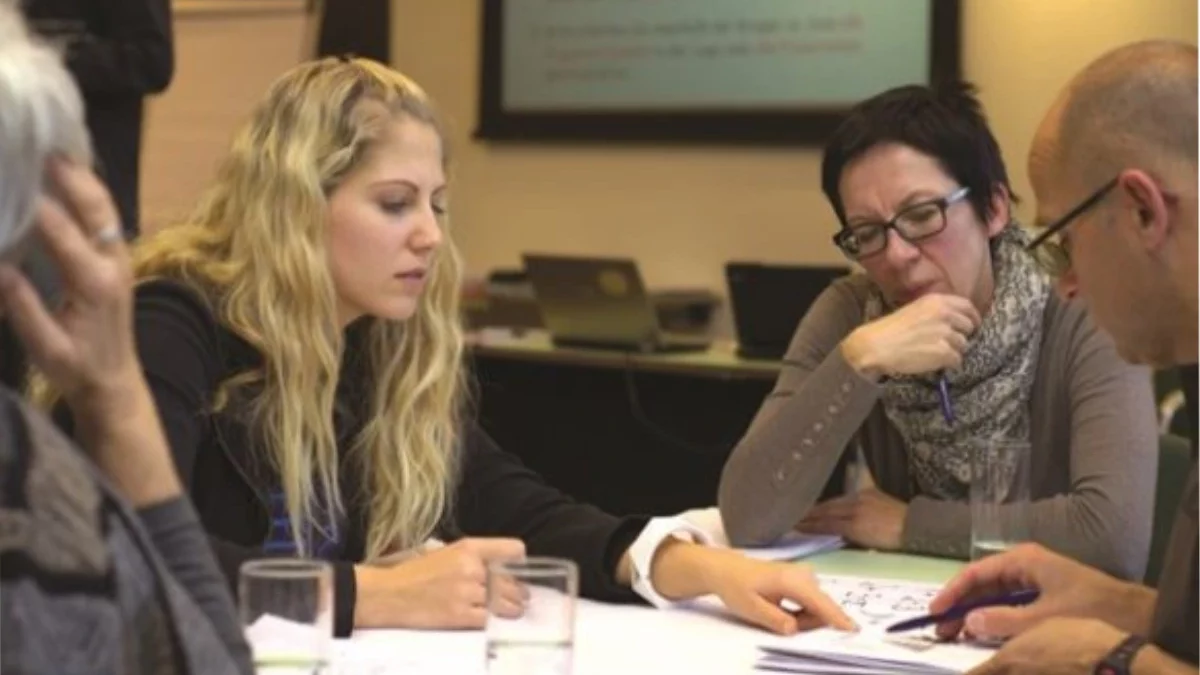Remote Agile Test Teams
In today’s rapidly evolving technological landscape, businesses across the globe are embracing the Agile methodology to enhance their product development processes. Agile’s principles of flexibility, adaptability, and iterative progress have proven invaluable in helping teams respond swiftly to changes in requirements and market dynamics. With the recent surge in remote work arrangements, Agile practices have gained even more significance as organizations seek effective ways to foster collaboration and maintain productivity in distributed environments.
Among the key players in the Agile ecosystem are test teams, responsible for ensuring the quality and functionality of software products. Their role has become increasingly vital in a world where software glitches or defects can have far-reaching consequences for user experience, brand reputation, and business outcomes. The challenges of remote work, however, can potentially impede the seamless functioning of Agile test teams, making it imperative to explore strategies for empowering these teams to thrive in distributed settings.
This article delves into the intricacies of empowering remote Agile test teams for enhanced collaboration and success. We will investigate the unique hurdles that such teams face in remote settings and how these challenges can impact collaboration, communication, and ultimately, the delivery of high-quality software. Additionally, we will outline practical steps and strategies that organizations can implement to overcome these obstacles and foster a collaborative, efficient, and successful remote Agile testing environment. More information about the dedicated testing teams is available on the website.
From leveraging communication tools and adopting agile practices tailored for remote work to cultivating a culture of trust and accountability, there are numerous ways organizations can create an environment where remote Agile test teams can flourish. By embracing these approaches, businesses can not only ensure the quality of their software products but also drive innovation and adaptability in a rapidly changing market landscape.
In the subsequent sections, we will delve into the immediate steps that organizations can take to empower their remote Agile test teams and pave the way for seamless collaboration and success. These steps encompass both technological solutions and cultural shifts, recognizing that a holistic approach is essential for achieving sustainable outcomes in the remote Agile testing realm.
Table of Contents
1. Representation in every day scrum gatherings.
Evidently, it’s widely recognized that a pivotal element of agile development revolves around the symbiotic collaboration of teams and the crystalline flow of communication. Nevertheless, it’s imperative to grasp that the mere act of attending a scrum meeting falls short of the mark. The notion of active engagement, in contrast to passive presence, assumes paramount significance. Before long during our deliberations, we unearthed this as a pivotal realm primed for enhancement. Within this realm lay the test team, confined to remote locales, a scenario where their participation in scrum calls remained lackluster and devoid of fervor. This interaction serves a purpose beyond a mere status update; it’s a conduit for empowerment, a means to weave a tapestry of connections that can be harnessed across the tapestry of development’s lifecycle.
2. Just say “No”.
Frequently encountered, particularly within the domain of service vendors, is the subtle yet persistent predicament. It revolves around the notion that uttering the word “no” is somehow taboo, resulting in an unwarranted acceptance of workloads that invariably exceed one’s capacity. This unwitting acquiescence then fans the flames of dual predicaments—juggling priorities becomes a high wire act, and the quality of work inevitably wanes under the strain. This hard-earned lesson has been etched into the annals of many a company’s history: the issue isn’t confined to part-timers; even those fully entrenched in an organization fall prey, especially within the intricate tapestry of remote work. The far-reaching implications of this conundrum necessitate immediate redress, achievable only through an unswerving commitment to ongoing dialogues within the team.
3. Perceivability in Sprint review gatherings and quarterly official gatherings.
In the realm of ongoing Scrum engagement and project execution, there emerges a compelling need to shine a distinct spotlight on the test team, particularly those working remotely, within the fabric of the larger product team and its relationship with senior management. This imperative takes shape through the integration of the test team’s presence into monthly Sprint retrospective gatherings and dedicated product or exclusive testing team review sessions, all of which engage senior and executive leadership. These orchestrated dialogues transcend routine progress updates and delve into the collective well-being of the testing team, the overall product quality, and its automation strategic trajectory. Beyond routine updates, these sessions become a platform for showcasing internally developed tools, recognizing collaborative efforts between testers and end users, and appraising vital metrics such as defect resolution. The cumulative effect of these engagements is profound, not solely in terms of motivating and validating the test team’s contributions but also in identifying areas necessitating reinforcement and nurturing an overarching sense of empowerment.

4. Recurring quality benchmarks.
Frequently, teams can inadvertently fall into the rhythm of daily project tasks, gradually obscuring the broader product vision and user perspective. This might result in the neglect of engineering artifacts, missed opportunities for learning, and a shortage of time for innovative thinking. Meanwhile, the dynamic forces of the market demand successive project releases, making the value of quality milestones all the more crucial. To address these challenges in substantial projects spanning years, a strategic solution emerges: dedicating specific weeks, say, every quarter, to serve as quality milestones. During these periods, tasks encompass test upkeep, diverse training sessions, presentations, and fresh research initiatives. Beyond the tangible returns, this approach also injects renewed energy into teams, fostering a culture of collaboration and creativity.
In today’s dynamic landscape of the IT realm, a prevailing consensus exists among enterprises regarding the vital role of perpetual collaboration among their teams, particularly within the context of far-reaching global delivery frameworks. Diverse strategies come into play, encompassing inter-team sojourns, digital rendezvous, and the adept utilization of advanced communication modalities, all aimed at traversing geographical divides. While the unanimity in acknowledging communication’s significance is certainly uplifting, the crux often lies in meticulously orchestrating communication’s efficacy to seamlessly attain ultimate objectives.


